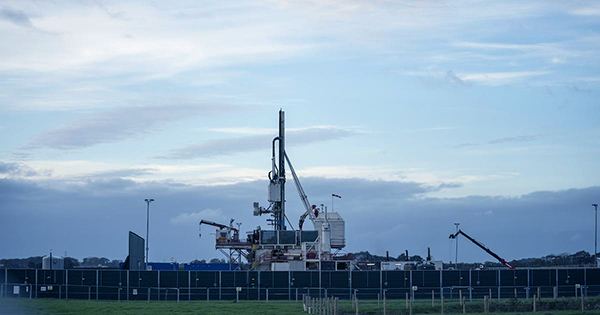Forests contain valuable resources, and their management has not always been done well, resulting in major changes in forest ecosystems. The control of naturally occurring wildfires, timber harvesting, and livestock grazing in the American West and other forests have drastically altered these ecosystems.
Forest management mistakes can harm wildlife, water quality, and even local residents. Because of the effects of inadequate forest management over the last century, the vast majority of western dry forests are at risk of big, high-intensity fire.
Logging huge trees, fire suppression, and livestock grazing are the main causes of contemporary forest conditions. All three of these elements have been present in western forests since the turn of the century, and they continue to play a role now.
Fire as a Natural Disturbance Regime
Scientists studying the ecology of the Pacific Northwest forests now have a new perspective on management approaches. Forest ecologists are researching these ecosystems’ natural disturbance regimes.
The forests had a natural cycle of disturbance that played a vital part in the formation of the plant communities and species that occupied these areas decades before eastern colonists arrived in the west. Low-intensity fires were a typical occurrence in the eastern Cascade ranges.
Fire Regimes: Natural Regulators of Ecosystems
Low-intensity fires burned through the ecosystem in the eastern Cascades of Washington and Oregon on a regular basis. After the fires, the region resembled a park, with little deadwood on the forest floor.
Fuels were permitted to accumulate on the forest floor while fire suppression management was used. These low-intensity fires are likely to have helped clear out harmful mistletoe infestations, reduce stand density, which improves the forest’s ability to battle pests and illnesses, and kept forest fuel levels low.
Fire suppression has shifted species dominance, weakened overcrowded stands, and modified the historical fire regime, permitting pest and disease epidemics. The current situation is severe, as fires are gaining in intensity and destroying hundreds of acres and properties.
Effects of Timber Harvest
Timber harvesting has had a harmful impact on forest ecosystems all around the world. Clear-cut wood harvests in the American West have disastrous consequences for the entire environment.
Increased sediment runoff into streams affects fish reproduction and development; entire stands are replaced with monocultures of replanted trees, reducing wildlife habitat and making stands more susceptible to disease and insects; and increased stream flows and flooding due to the loss of large-water-absorbing trees. Logging operations can have a variety of negative consequences, such as mass soil erosion induced by improper road placement.
Livestock Grazing
Ranchers have been sold grazing rights on public lands to graze their cattle and sheep for decades. The effects of grazing may be controlled, however when overgrazing occurs, damage can ensue.
Overgrazed stream banks deprive certain fish species of the shade they require to spawn and live. Banks are also weakened by overgrazing, which leads to bank failure and stream bank overflow. This has the potential to radically alter these vital ecosystems and its populations.
Furthermore, grazing animals’ feces can contaminate water supplies, resulting in higher disease burdens. In order to preserve healthy forest ecosystems, forest management that carefully regulates these consequences is required.
















